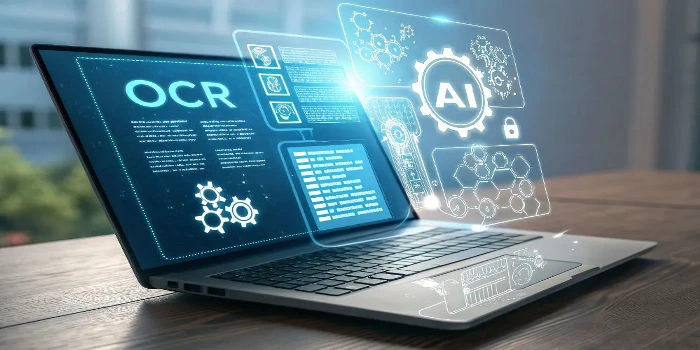20-22 Wenlock Road, LONDON, N1 7GU
20-22 Wenlock Road, LONDON, N1 7GU

In today’s data-driven world, businesses and organizations rely heavily on extracting and processing large amounts of data from different sources. One of the most efficient ways to automate data extraction is through OCR (Optical Character Recognition) technology. By leveraging OCR, you can streamline your data extraction processes, reduce manual work, and ensure accuracy. This article will walk you through the steps to automate data extraction using OCR and explore its many benefits.
Before diving into how OCR can help automate data extraction, it’s important to understand what OCR is. OCR is a technology that converts different types of documents—such as scanned paper documents, PDF files, or images—into machine-readable text. OCR uses machine learning and computer vision to recognize text in scanned images or documents and convert it into editable, searchable data.
Using OCR to automate data extraction offers several advantages:
OCR technology helps automate data extraction by converting scanned documents and images into editable, structured data, improving efficiency and accuracy.
The first step to automate data extraction using OCR involves scanning physical documents into digital formats like PDFs or image files (JPG, PNG, TIFF, etc.). Once scanned, the image may undergo preprocessing to improve OCR accuracy. This can include:
Once the image is preprocessed, OCR software kicks in to recognize the characters in the scanned document. The OCR engine compares the scanned image with a database of recognized fonts, symbols, and text patterns. Modern OCR tools use machine learning to improve recognition accuracy and adapt to different types of fonts, languages, and handwriting styles.
This is a critical step to automate data extraction efficiently and accurately across different document types and formats.
After the OCR software recognizes the text, it extracts relevant data from the document. Depending on the complexity of the document, this could involve:
These capabilities allow businesses to automate data extraction from highly variable document types without sacrificing accuracy.
While OCR is highly accurate, it’s still essential to validate the extracted data. Many OCR tools come with built-in post-processing capabilities to correct any errors, such as misinterpreted characters or misaligned text. This step may include:
Effective post-processing ensures that efforts to automate data extraction yield clean, usable results.
Once the data is extracted and validated, it can be exported to various systems such as databases, CRMs, or accounting software for further processing. Automated workflows can be set up to ensure that the data extraction automation process is continuous and seamlessly integrated with other business systems.
Despite its advantages, OCR is not perfect and may face certain challenges, including:
Understanding these issues helps you plan better when using OCR to automate data extraction processes.
To automate data extraction effectively, OCR provides a powerful, scalable, and cost-efficient solution for businesses that deal with large volumes of documents. From scanning and recognition to structured data output and integration, OCR streamlines the entire process while maintaining accuracy. Whether you’re processing invoices, forms, or contracts, OCR technology offers a flexible way to automate data extraction in your organization. As OCR tools become smarter, now is the perfect time to adopt this technology and improve your workflow automation.
OCR can extract data from invoices, receipts, forms, contracts, and scanned images in both printed and handwritten formats.
No, OCR accuracy depends on scan quality, document type, and the tool used. Manual checks may still be required.
Yes, though accuracy may be lower than printed text. Newer AI-powered OCR tools are improving in recognizing handwriting.
Many OCR tools offer APIs for integration with CRMs, databases, and automation platforms.
Costs vary by tool. Open-source options are free, while commercial software may charge monthly or per-document processing fees.